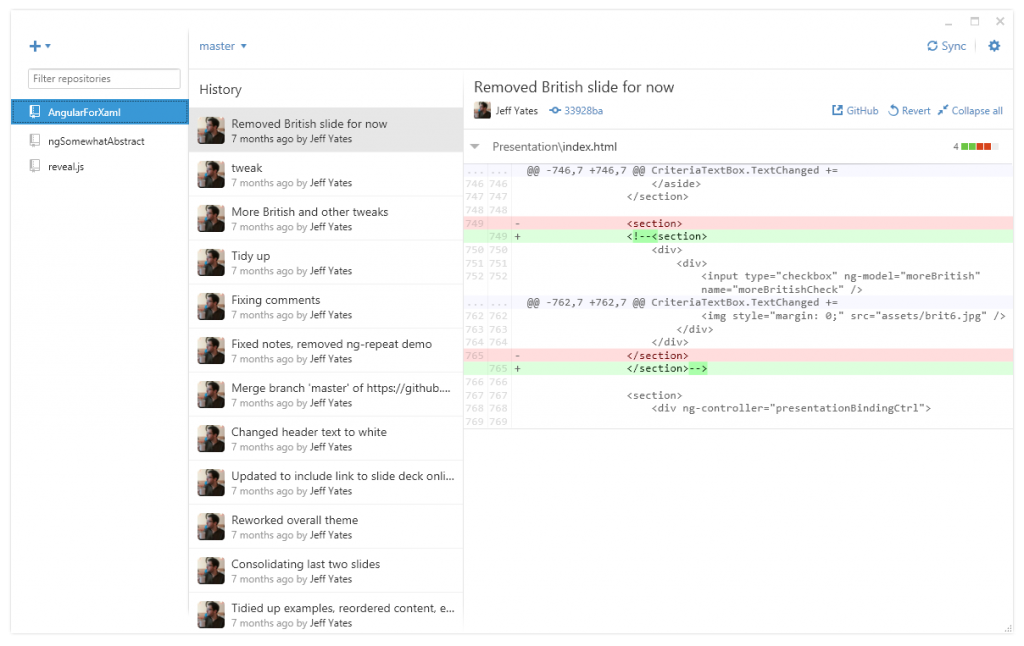A few years ago, Chrissy and I took our first trip to Toronto. We were there to see Christopher Moore at a book signing. We had arrived in the very early morning, so the owner of the guest house where we were staying had left us a key and a note on how to find our room. We followed the instructions and went up two flights of stairs before making our way through what we thought was our room door.
Upon unlocking and opening the door, we discovered a narrow, creaky staircase lined with some interesting paintings. At the top of the staircase was a bathroom with a large, old jet tub, a toilet by a window (where nothing could be left to the imaginations of the neighbours), and a large, terrifying clown behind a plant. The bathroom looked like it could have been a happening place for swingers some time in the seventies.
We continued past the bathroom along a short landing, strange paintings and knick-knacks surrounding us. On the back of the door hung a small pair of children's fairy wings from a costume, along with some bridal equipment. Dust covered everything and the air smelled of musty books. We opened the door.
The bedroom was packed with stuff. In the words of Stefon from SNL, this place had everything: creepy paintings, old woolen blankets, VHS tapes, CRT TV, sixties furniture, orange shag-pile carpet, and a horizontal head rush. What's a horizontal head rush? It's that thing where the floor slopes inward such that the head of the bed is lower than the foot.
Chrissy wanted to immediately head back out and find a different hotel. I, however, was exhausted and wanted to sleep, even if it did mean ignoring all the signs that we had entered the Twilight Zone. I persuaded Chrissy to stay and we went to bed. As the blood rushed to our heads and our feet became icy cold, little flecks of dust and paint rained down on us from the paintings above us and we did our best to fall asleep.
The next morning, we went downstairs to the dining room. A large round dining table was beautifully laid out. It felt like we were staying at the house of an eccentric relative. The room had a high shelf that was lined with teapots of varying shapes, sizes and colors. It was there that we ate a delicious breakfast cooked by the proprietor and one of his friends. We also got to meet some of the other guests who were staying; they seemed equally as eccentric as the house.
From the dining table, we could see the kitchen. Actually, that's a lie, we could see some of it. The bits that were not underneath something else. It was no place for the squeamish and I decided it would be best to just not look, that way we could enjoy the food.
In fairness to our host, we had a wonderful stay thanks to their courtesy and hospitality, and that of his friends and guests, but there is no way my words, nor the photos below can do justice to the wonderful time capsule in which we stayed. The house could have served well as the backdrop to a Dickens adaptation or perhaps a Hammer Horror. It will stay with me for a long time.
































